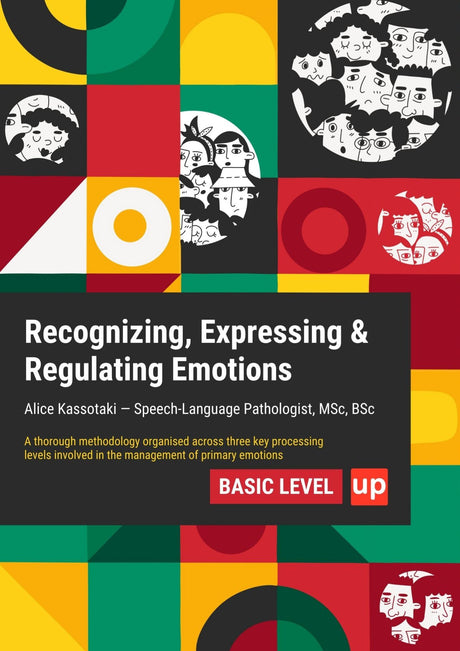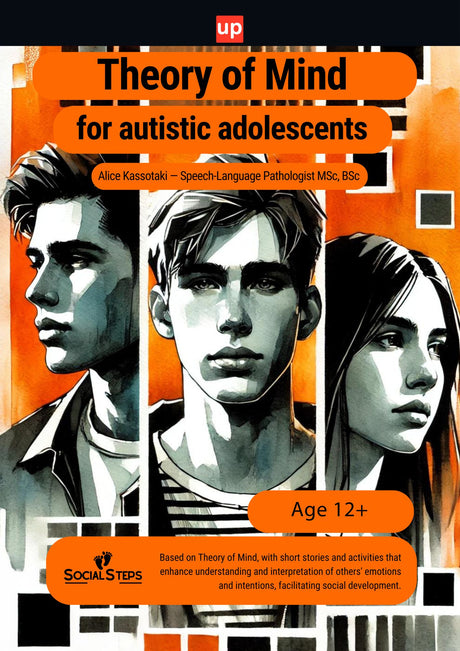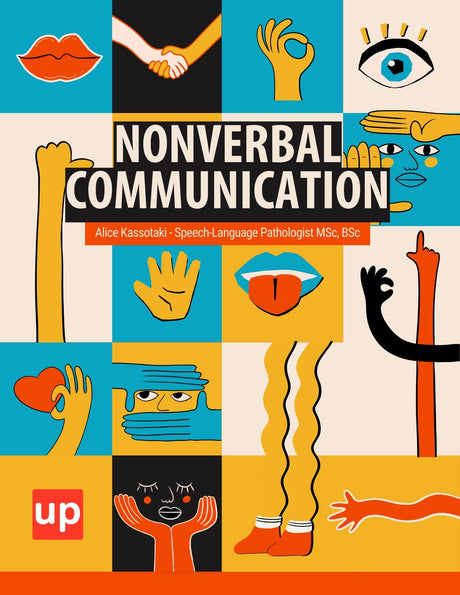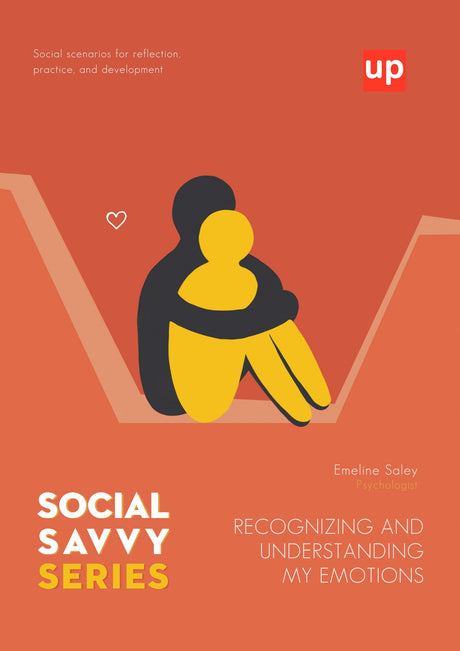Dyslexia is often framed as a deficit, a struggle centered on reading and spelling. While these challenges are real, this narrow view overlooks a profound, often-unseen strength that can emerge from navigating them: exceptional empathy. The very processes that make decoding text difficult can hardwire the brain for a deeper understanding of human connection. Globally, approximately 1 in 10 individuals are believed to be living with dyslexia, suggesting a vast, untapped reservoir of empathetic talent. This article explores how the dyslexic experience, from its invisible battles to its unique cognitive patterns, forges a powerful and valuable form of emotional intelligence.
Key Points
- Dyslexia is more than a reading and spelling challenge; it often cultivates exceptional empathy through the unique emotional and cognitive experiences faced by individuals with dyslexia.
- The dyslexic brain compensates for language processing difficulties by enhancing social and emotional awareness, leading to heightened observational skills and deeper understanding of others' feelings.
- Supportive environments and positive coping strategies are essential to nurture and empower the empathetic strengths of individuals with dyslexia, enabling them to leverage these abilities for personal and community growth.
Introduction: Beyond the Reading Struggle – Discovering a Deeper Connection

For too long, the conversation about dyslexia has been dominated by its difficulties. We focus on the challenges in the classroom—the reversed letters, the slow reading, the persistent spelling errors. Dyslexia is a learning difference that affects both children and adults, influencing not only academic performance but also emotional and social experiences throughout life. But what if this constant navigation of a world not built for the dyslexic mind cultivates a unique strength? This is the empathetic edge of dyslexia: a heightened ability to connect with, understand, and feel for others, born from a journey of personal challenge, resilience, and a different way of seeing the world—a perspective that highlights the importance of a better understanding of dyslexia's emotional and social dimensions.
The Invisible Battles: Understanding the Dyslexic Experience
The daily reality for an individual with dyslexia extends far beyond academic tasks. It involves a constant, often exhausting, effort to translate, process, and communicate in a neurotypical world. Confusion frequently accompanies this emotional experience, and is often misunderstood by others as laziness or lack of interest, rather than recognized as a genuine response to the challenges of dyslexia. This experience shapes not only their skills but their entire emotional framework.
Repeated attempts to complete reading or spelling tasks can lead to frustration, and over time, secondary symptoms such as anxiety and worry may arise, further impacting emotional well-being.
Defining Dyslexia: More Than Just Words on a Page
Dyslexia is a neurological difference in how the brain processes language. It is not a sign of low intelligence. The core difficulty lies in phonological processing—the ability to manipulate the sounds of language—which impacts reading, spelling, and word recognition. Deficits in reading skills are a core characteristic of dyslexia, often accompanied by other observable characteristics such as difficulties with spelling and comprehension. Understanding the reasons behind these characteristics requires insights from psychology as well as neuroscience. However, this definition only scratches the surface. It fails to capture the associated strengths in creative thinking and holistic problem-solving, or the daily stress and anxiety that can accompany these processing differences.
The Emotional Landscape of Living with Dyslexia
Living with dyslexia often involves an undercurrent of anxiety and stress. The fear of being asked to read aloud in the classroom, the frustration of spelling a word correctly one day and incorrectly the next, and the struggle to keep up with peers can take a significant toll on self-esteem. Low self esteem and depression can be more common among children with dyslexia, as many children in this group are at higher risk for emotional challenges. This emotional journey, while difficult, becomes a foundational element in building empathy. Experiencing vulnerability and misunderstanding firsthand provides a unique lens through which to view the struggles of others.
It is important to help children recognise and become aware of their emotions, as many children with dyslexia experience heightened emotional responses. Supporting emotional awareness can help them better understand themselves and others, turning emotional sensitivity into a strength.
The Crucible of Challenge: How Difficulties Forge Empathy

Empathy isn’t an innate trait that simply exists; it’s a skill that is developed and refined. For many dyslexics, the challenges they face become a crucible, forging a deep and intuitive understanding of the human condition. Let’s explore the emotional strengths that dyslexics often develop as a result of navigating these experiences.
For example, a dyslexic student who has struggled with reading in class may notice when a classmate feels left out or frustrated, and will often reach out to offer support or encouragement, demonstrating heightened empathy and social-awareness.
Heightened Observational Skills: Reading Beyond the Text
When the written word is a barrier, the brain often compensates by sharpening other senses. Individuals with dyslexia may become exceptionally skilled at reading non-verbal cues: body language, facial expressions, and tone of voice. They learn to gather information from the environment and the emotional states of those around them. These observational skills are especially valuable in complex social situations, helping individuals with dyslexia interpret and respond to subtle social dynamics. This constant, subconscious analysis of social patterns translates into an intuitive ability to “read the room” and sense what others are feeling, often before a word is spoken.
Experiencing "Otherness": A Deeper Understanding of Struggle
Feeling different or misunderstood is a common thread in the dyslexic experience. From an early age, many feel they have to work harder than their peers just to keep pace. This persistent sense of "otherness" can cultivate a powerful affinity for anyone who is struggling or marginalized. Having been on the outside looking in, they develop a profound understanding of what it feels like to be excluded, frustrated, or unseen, fostering a natural compassion for others in similar situations.
Building Resilience and Emotional Intelligence Through Navigation
Constantly facing and overcoming obstacles builds resilience. Every time a person with dyslexia deciphers a difficult text or finds a creative strategy for spelling, they are strengthening their problem-solving muscles and emotional fortitude. These emotional challenges are present in daily life and require ongoing adaptation. While some research indicates students with dyslexia may initially report lower trait emotional intelligence (TEI), the very process of navigating these emotional and academic hurdles with the right support can lead to significant growth in self-awareness and social understanding, which are cornerstones of high emotional intelligence.
The Power of Narrative Reasoning and Interconnected Thinking
Dyslexic minds often excel at big-picture, interconnected thinking rather than linear, sequential processing. This is sometimes called narrative reasoning—the ability to see how disparate pieces of a story fit together to form a coherent whole. When applied to human interaction, this skill allows for a deeper understanding of complex social dynamics. It’s the ability to grasp the underlying context of a situation, understand unspoken motivations, and see the full story behind someone’s behavior. The key point here is that understanding the full context of a situation is a major strength for individuals with dyslexia.
Empathy as a Neurodiverse Strength: The Dyslexic Advantage in Action
The empathy forged through the dyslexic experience is not just a passive feeling; it is an active skill that translates into tangible advantages in relationships, problem-solving, and community building. Education systems can benefit greatly by recognizing and supporting the empathetic strengths of individuals with dyslexia, using tailored educational strategies that foster these unique abilities. In fact, many “Dyslexic Thinking skills” are now recognized as the most in-demand skills in every job globally.
Fostering Stronger Relationships and Communication
High empathy is the bedrock of strong, meaningful relationships. People with dyslexia often become the confidants, mediators, and supportive friends within their social circles. Their ability to listen without judgment and understand unspoken feelings makes others feel seen and valued. This strength enriches their personal connections with family and peers and makes them effective communicators who prioritize understanding over simply being heard.
Families and parents play a crucial role in supporting the emotional development of individuals with dyslexia, helping them navigate challenges and build resilience through encouragement and understanding.
Problem-Solving with Heart: Applying Empathy to Real-World Challenges
When creative, big-picture thinking is combined with deep empathy, it creates a powerful formula for innovation. Dyslexic individuals can often see problems from multiple perspectives, anticipating the human impact of a decision. This allows them to devise solutions that are not only effective but also compassionate and user-centric, whether in design, management, or social advocacy.
Contributions to a More Inclusive World
By intuitively understanding the experience of being an outsider, individuals with dyslexia are often natural champions for inclusivity and diversity. They are more likely to notice when someone is being left out, to challenge unfair systems, and to advocate for a more understanding community. Their personal journey fuels a desire to create environments where everyone, regardless of their differences, feels a sense of belonging.
Nurturing Dyslexic Empathy: Support Systems and Strategies

While dyslexia can create the conditions for empathy to flourish, this development is not automatic. Physiological responses, such as increased heart rate, can signal the emotional stress children with dyslexia experience during challenging situations. It requires a nurturing environment where challenges are met with support and understanding, allowing strengths to be recognized and cultivated.
The Role of Supportive Environments and Intervention
The response of family, teachers, and schools is critical. When a child’s struggles with reading and spelling are met with patience and effective, evidence-based support, their self-esteem is protected. Supportive responses during stressful events, such as a spelling test, can help reduce anxiety and protect a child's confidence, even when these assessments are challenging. A positive classroom environment that celebrates different ways of thinking allows them to see their dyslexia as a difference, not a deficit. This supportive relationship fosters the emotional security needed for empathy to grow.
Developing Self-Awareness and Positive Coping Strategies
Helping individuals with dyslexia understand their own cognitive profile is empowering. When they recognize their strengths in creative thinking and their challenges in phonological processing, they can develop effective coping strategies. This self-awareness reduces anxiety and builds confidence, freeing up emotional energy to connect with others. Mindfulness, self-advocacy, and celebrating small victories are key components of this process.
From Awareness to Action: Empowering Dyslexic Empaths
The final step is to move from awareness to action. Encouraging individuals with dyslexia to lean into their empathetic strengths can be transformative. This means providing opportunities for them to take on leadership roles, mediate conflicts, or engage in community service. When they see their empathy as a valuable gift, it reinforces their self-worth and empowers them to make a positive impact on the world around them.
Conclusion: The Empathetic Edge of Dyslexia
To view dyslexia solely through the lens of its challenges is to miss half the story. The journey of navigating a world not designed for its wiring builds a unique and powerful combination of resilience, creativity, and profound empathy. This empathetic edge is not a consolation prize; it is a genuine strength that fosters deeper relationships, drives innovative problem-solving, and contributes to a more inclusive community. By shifting our perspective and providing the right support, we can help individuals with dyslexia not only overcome their challenges but also embrace the exceptional human connection that is often their greatest gift.
FAQ: Common Questions About Dyslexia and Empathy
What is dyslexia empathy?
Dyslexia empathy refers to the heightened ability of individuals with dyslexia to understand and share the feelings of others. This empathy often develops through their own experiences of struggle and resilience in navigating learning differences.
How does dyslexia contribute to emotional intelligence?
The challenges faced by people with dyslexia, such as difficulties with reading and spelling, often lead to increased emotional awareness and sensitivity. This can enhance their social understanding and self-awareness, key components of emotional intelligence.
Are individuals with dyslexia more empathetic than others?
Many individuals with dyslexia develop high levels of empathy due to their personal experiences with frustration, anxiety, and feeling different. However, empathy levels can vary widely among all people, regardless of dyslexia.
How can parents and educators support the development of empathy in children with dyslexia?
Providing supportive environments, recognizing strengths, encouraging self-awareness, and offering effective interventions help nurture both academic skills and emotional growth, including empathy.
Can empathy help individuals with dyslexia in their future careers?
Absolutely. Empathy combined with creative problem-solving and big-picture thinking equips individuals with dyslexia to excel in roles requiring strong interpersonal skills, leadership, and innovation.
What are some strategies to build self-esteem in children with dyslexia?
Focusing on positive experiences, celebrating small successes, encouraging involvement in activities that highlight strengths, and fostering supportive relationships all contribute to healthy self-esteem.
Original content from the Upbility writing team. Reproducing this article, in whole or in part, without credit to the publisher is prohibited.
References
-
International Dyslexia Association. (n.d.). Social and Emotional Problems Related to Dyslexia. Retrieved from https://dyslexiaida.org/social-emotional
-
Sturm, V., & Gorno-Tempini, M. L. (2020). Children With Dyslexia Show Stronger Emotional Responses. Cortex. University of California, San Francisco. Retrieved from https://www.ucsf.edu/news/2020/11/419186/children-dyslexia-show-stronger-emotional-responses
-
Hayley. (2022). Dyslexia and Emotional Intelligence. Dyslexia Blog. Retrieved from https://blog.dyslexia.com/dyslexia-and-emotional-intelligence
-
Sandman-Hurley, K. (2015). Developing Dyslexia Empathy. International Literacy Association Blog. Retrieved from https://www.literacyworldwide.org/blog/literacy-now/2015/07/15/developing-dyslexia-empathy









